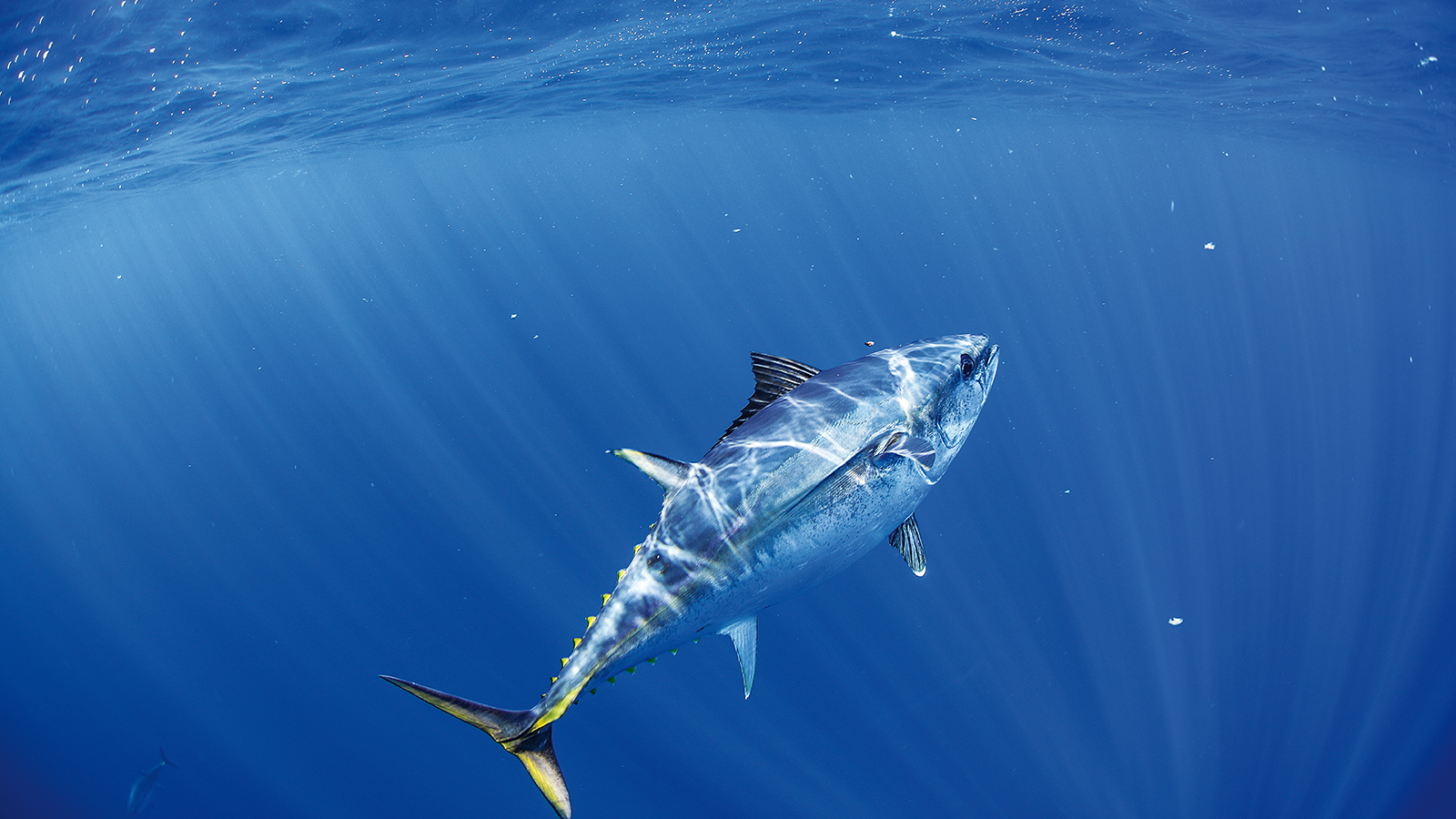In Australia, > 1500 vessels are endorsed to target prawns off nearly all coastal states and territories. While some vessels are single-rigged, most use multi-net systems; the application of which is based on the preferential use of configurations that were in place when fisheries were first defined by legislation or, more recently, introduced to control effort based on unsubstantiated perceptions about relative efficiencies.
Although considerable effort has been directed towards reducing bycatch via posterior gear modifications, very little science has been done to assess changes to anterior configurations, despite the acknowledgement of clear differences in drag and preliminary evidence of variations in selectivity and habitat impacts. It is highly likely that, within the current range of anterior trawl configurations used in Australia, there exist optimal combinations, with particular ground gears, materials and otter boards that could significantly address the sustainability issues common among all trawl fisheries.
Beyond conventional trawl systems are new, potentially more efficient and lower impacting components, including refined otter boards such as the ‘batwing’. Such research is in its infancy, but nevertheless important because otter boards are likely to have varying impacts on the seabed and the target and bycatches; especially considering that many designs can represent more than 20% of the total area swept by the gear. Other simple anterior modifications may include acoustic deterrents (to scare fish away), larger and/or lighter meshes, and less intrusive ground gears. Applied individually, or in combination, such modifications could dramatically reduce bycatches, with many reducing seabed impacts and lowering drag.
The utility of anterior gear modifications needs to be assessed and prioritized to provide a coherent basis for future research, not only in NSW, but throughout Australia’s prawn-trawl fisheries. This strategy fits in with proven approaches for developing modifications to posterior sections and changes to operations and onboard handling.
Final report
(1) identify anterior gear modifications that reduce the bycatch, fuel consumption and habitat impacts of prawn trawls, while maintaining target catches, and isolate their mechanisms of action;
(2) using this information, provide a framework and direction for the future refinement of Australian prawn trawls; and
(3) investigate the practicality of simple, but appropriate changes identified above under commercial conditions in NSW, and assist this state's fishers and managers in their implementation, adoption and where appropriate, eventual legislation.





